She died around 500 years ago at age of 13, but she looks as though she just now
fell into a light doze. Discovered in 1999, at Mount Llullaillaco, which lies on the border of Chile and Argentina, this Inca mummy was found at a grave site containing two girls and one boy. She is now referred to as "La Doncella" which translates to "The Maiden".
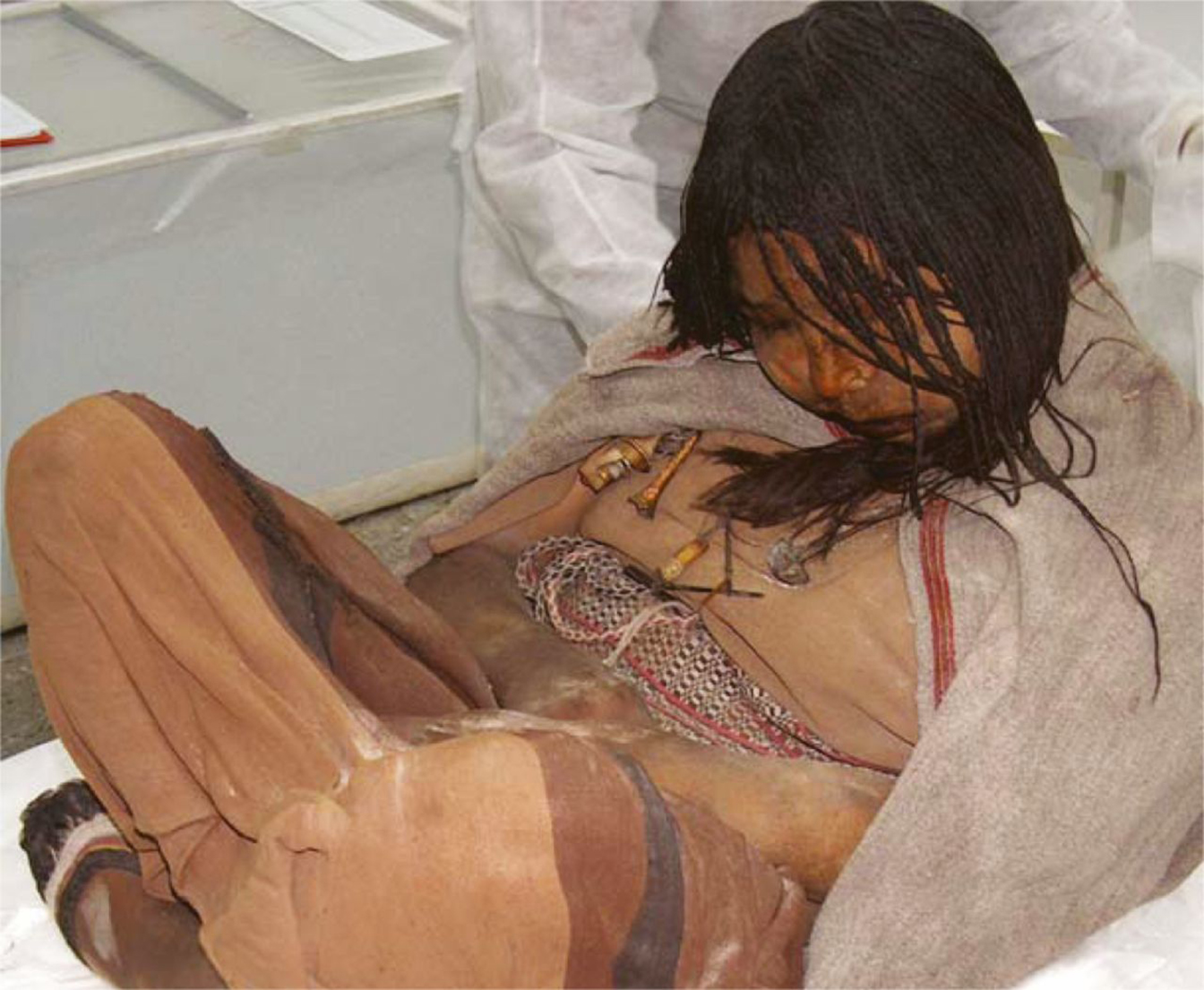 |
| "La Doncella" which translates to "The Maiden", Inca mummy |
Beautiful Black Hair
When La Doncella was found she was wearing a fancy headdress and her beautiful black hair was elaborately braided, although frozen lice were found in those tresses.
The three Inca children were found to be almost perfectly
preserved by the deep freeze on Llullaillaco, the seventh highest mountain of the Andes.
It seems, that the children were part of a sacrificial rite that occurred in the celebration of key events in the life of the Inca emperor called
capacocha. La Doncella, it is believed, was an
aclla,
or Sun Virgin, who was chosen and sanctified whilst a toddler, to
live with other girls and women who would later become royal wives,
priestesses, and sacrifices. The practice of ritual sacrifice in the
Inca society was to ensure health, rich harvests and good weather.
The team who discovered the mummified children in 1999, had to battle blizzards and driving winds as they made their way up the mountain, 22,000ft above sea level. They then had to dig into an icy pit to uncover the Inca burial site.
.jpg) |
| "La Doncella" which translates to "The Maiden", Inca mummy |
The other girl who was found on the mountain wore a headdress with a metal plate over her brow. She had been struck by lightening at some stage. She still had blood in her heart and an undamaged brain.
The young boy, however,
seems to have suffered; he was covered in vomit and tied up. His ribs were cracked and he seemed to have died from suffocation.
 |
| Inca boy mummy |
It is believed that the children were brought to the high mountains to bring them closer to the gods. There is also evidence that they were fed increasing amounts of coca and alcohol in the year prior to their sacrifices.
The children were left by priests to die from exposure to the cold,
wearing their best clothes.The priests
burnt ceremonial fires and then placed the children in their tombs.
Books To Read
Why People Believe Weird Things: Pseudoscience, Superstition, and Other Confusions of Our Time, by Michael Shermer, Stephen Jay Gould (Foreword)




.jpg)

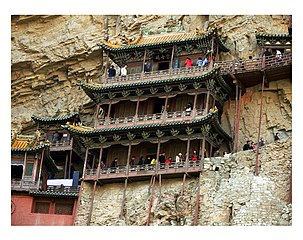
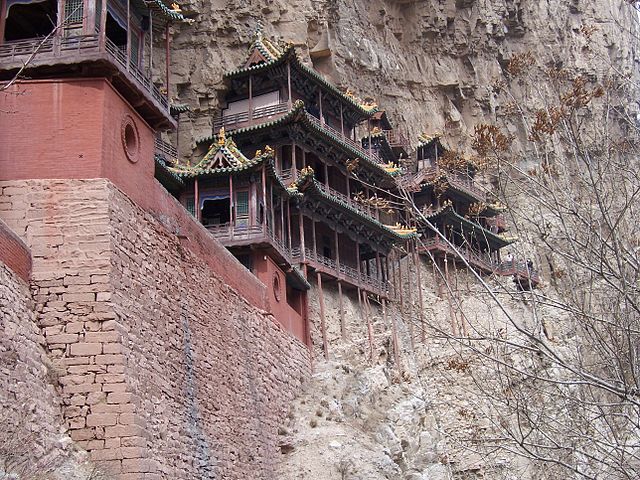

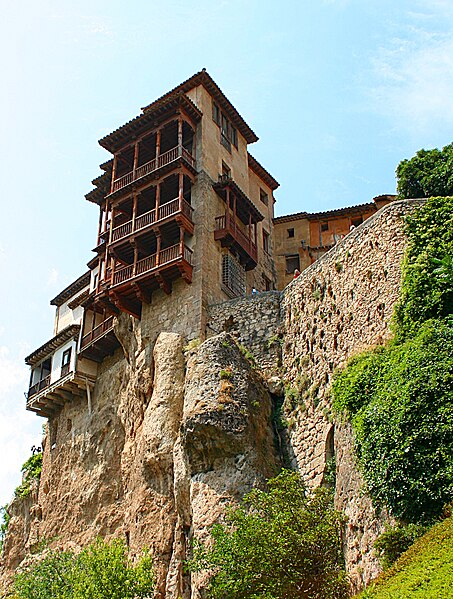


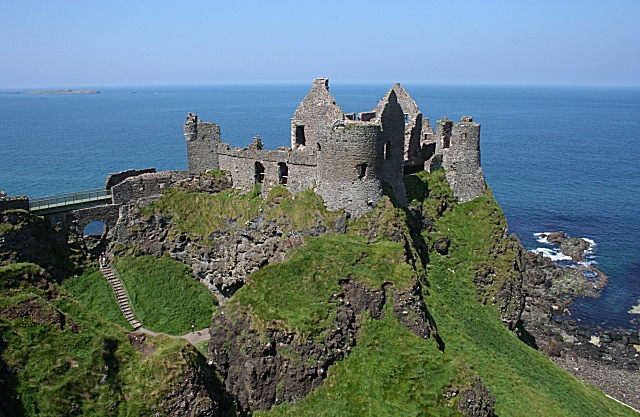


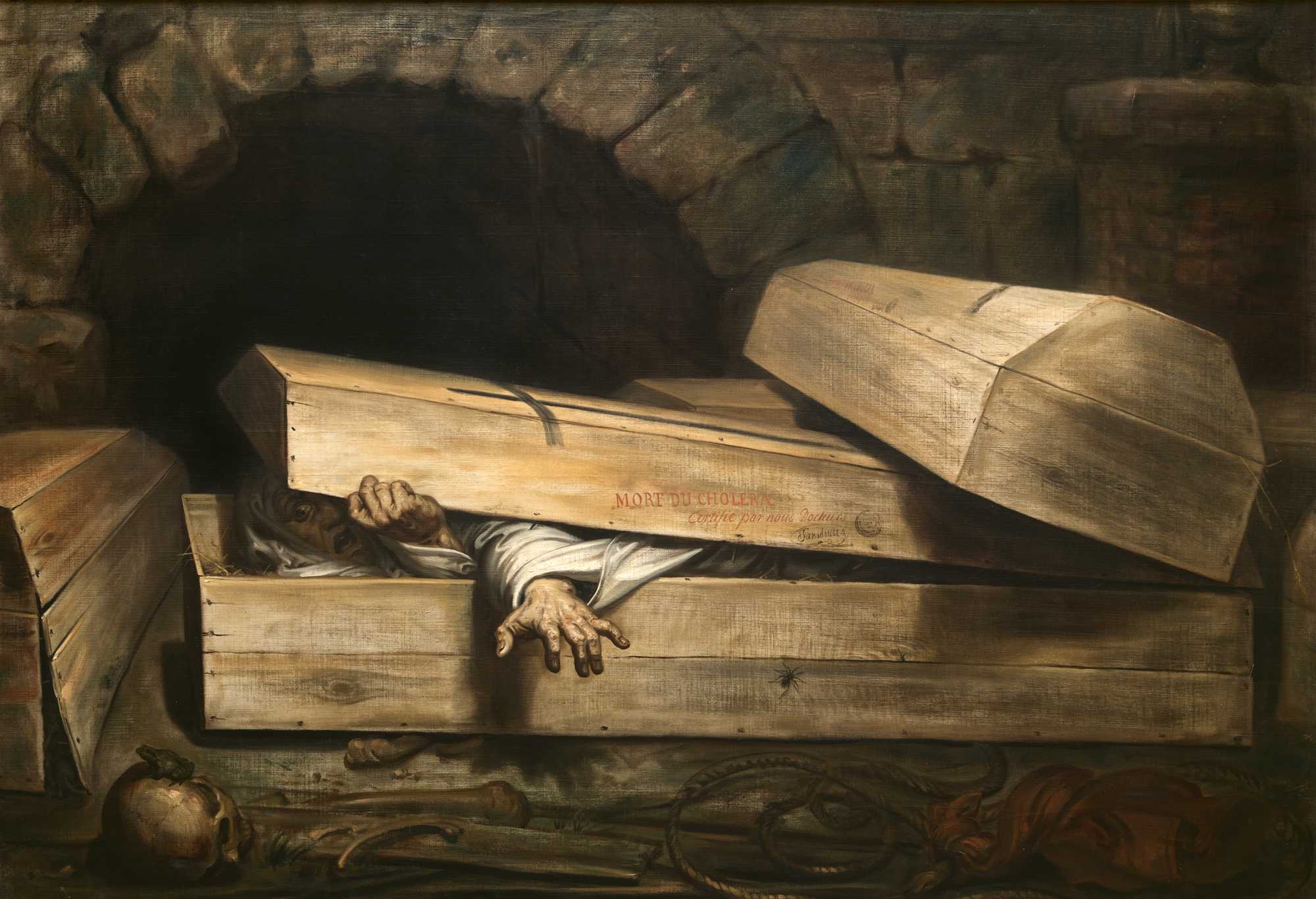

_Wellcome_L0028608.jpg)

